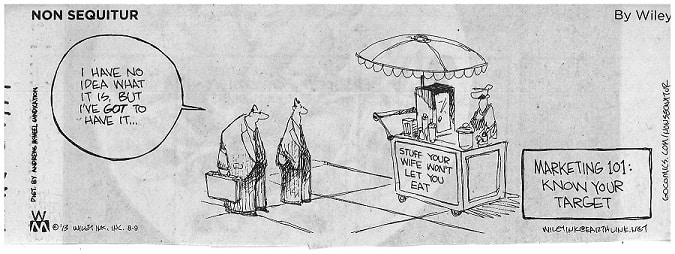Choosing the right colours for you print literature can sometimes be the difference between people reading it or just putting it to one side. So, you need to ensure you are using the right option for the outcome you are seeking.
But how do you know which colours are the right ones to use? This article will outline the science behind this and identify which colours to use and when to use them. This is based on research published by scientists at the University of Durham.

Orange
With Orange, you are using a bright colour that will get attention and is gentler on the eye than other colours (e.g., Red). It does blend in with quite a few different backgrounds and because very few brands use this in their standard colours it can be used to draw attention to an item such as a special offer you really want to stand out. Generally, people experience positive feelings when they look at something in orange.
Black
Black tends to be associated with high quality products which is why brands such as Rolls Royce and Paul Smith use it. It is very bold so provides a powerful effect which can convey feelings of superiority. A black logo can look very elegant and provide a very nice contrast against a white background. Use the colour sparingly and it provide a nice touch to your marketing.
Purple
Purple tends to have associations with wealth and royalty. However, be careful you know who your target audience is as it is more popular amongst women than men. You have to be careful what other colours you use it with but it goes quite well with black & white but use it for attracting attention rather than the main colour. Use correctly, it will get you results.
Green
Green is naturally associated with sustainability and the environment which is why the phrase “go green” is used so often when referring to reducing the carbon footprint. So, use this colour if you are targeting an audience that is likely to care for the environment even if you product has no relation to “going green”. As green is also associated as a “Go” signal then it also makes it a good colour to use for a call-to-action.
Blue
Blue is a very calming colour but if used wrongly it can also come across as quite cold. However, if you want to build a brand that conveys trust (think IBM) then Blue is a good colour to use. Even if your brand is not primarily in this colour then it can be used as a useful background colour but try to use lighter shades of blue so it does not come across as too harsh.
Red
Red is one of the strongest colours around, so you need to be very careful when to use it as often it associated with warnings of danger. However, used sparingly in the right places it can really draw your target audience’s attention. For example, highlighting special offers is a great way of using this colour.
Conclusion
The use of colours can be very subjective, and you should never use a colour that goes against your brand guidelines. However, you can throw splash of the above colours into your marketing as long as you align it to what you are trying to do and the target audience you are trying to appeal to.





